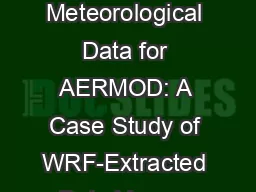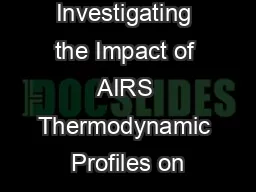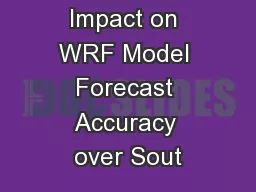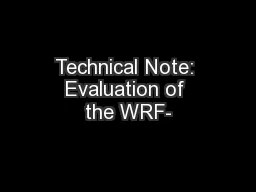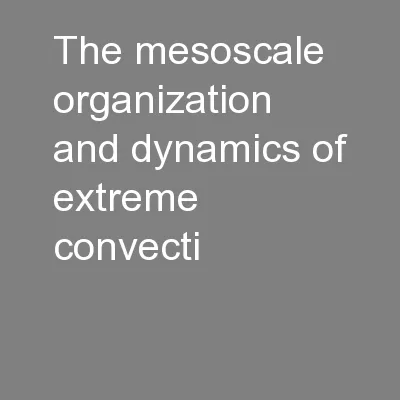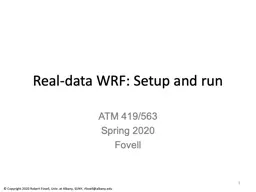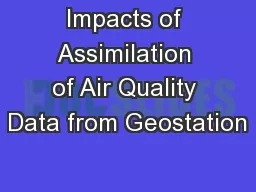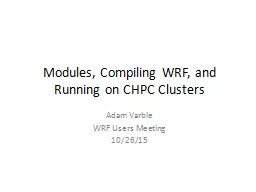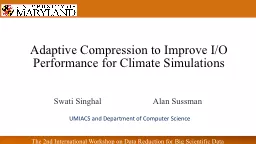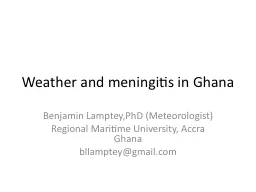PPT-Representative Meteorological Data for AERMOD: A Case Study of WRF-Extracted Data Versus
Author : briana-ranney | Published Date : 2019-06-19
October 23 2017 Brian Holland Tiffany Stefanescu Qiguo Jing Weiping Dai Introduction Met data for nearfield air dispersion modeling C losest airport station to
Presentation Embed Code
Download Presentation
Download Presentation The PPT/PDF document "Representative Meteorological Data for A..." is the property of its rightful owner. Permission is granted to download and print the materials on this website for personal, non-commercial use only, and to display it on your personal computer provided you do not modify the materials and that you retain all copyright notices contained in the materials. By downloading content from our website, you accept the terms of this agreement.
Representative Meteorological Data for AERMOD: A Case Study of WRF-Extracted Data Versus: Transcript
Download Rules Of Document
"Representative Meteorological Data for AERMOD: A Case Study of WRF-Extracted Data Versus"The content belongs to its owner. You may download and print it for personal use, without modification, and keep all copyright notices. By downloading, you agree to these terms.
Related Documents

